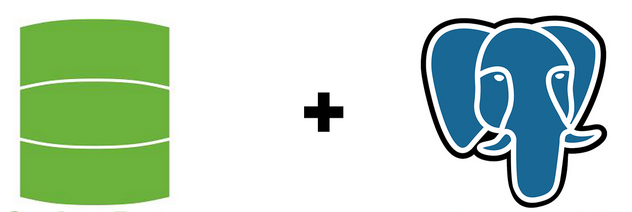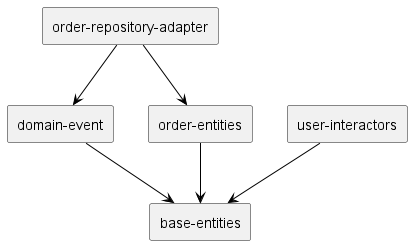Order Repository Adapter

Overview
From an architectural point of view, the database is a non-entity—it is a detail that does not rise to the level of an architectural element. Its relationship to the architecture of a software system is rather like the relationship of a doorknob to the architecture of your home.
Typically the data that crosses the boundaries consists of simple data structures. You can use basic structs or simple data transfer objects if you like. Or the data can simply be arguments in function calls. Or you can pack it into a hashmap, or construct it into an object. The important thing is that isolated, simple data structures are passed across the boundaries. We don’t want to cheat and pass Entity objects or database rows. We don’t want the data structures to have any kind of dependency that violates the Dependency Rule.
For example, many database frameworks return a convenient data format in response to a query. We might call this a “row structure.” We don’t want to pass that row structure inward across a boundary. Doing so would violate the Dependency Rule because it would force an inner circle to know something about an outer circle.
Thus, when we pass data across a boundary, it is always in the form that is most convenient for the inner circle.
— ©Robert C. Martin1
Technology Stack
- Java 11
- Spring Data 3.3.32
- Postgresql 42.3.7
Dependency Graph

Class Diagram

Test

 Macha
Macha